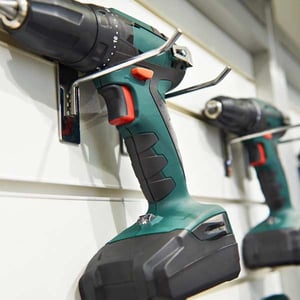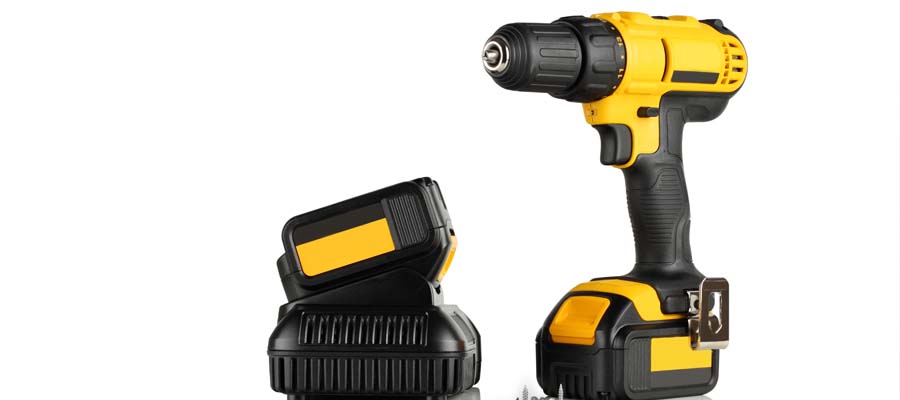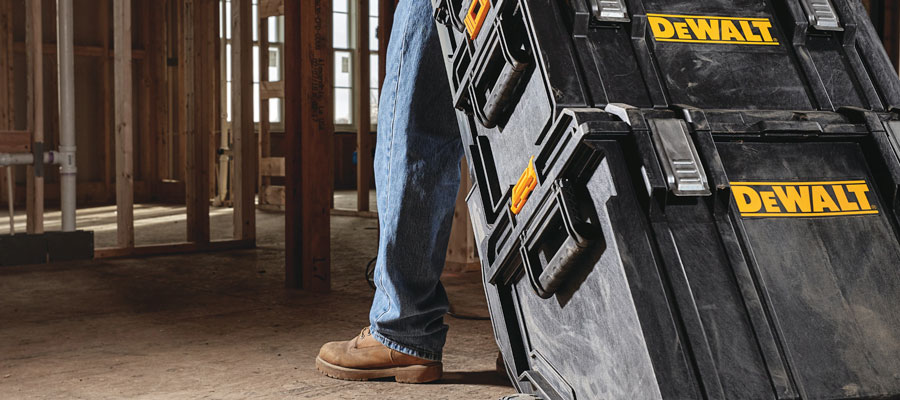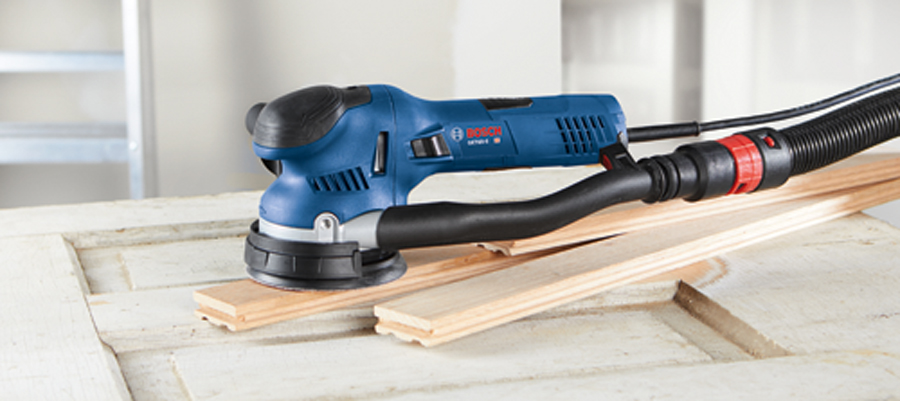When you have invested in a cordless power tool system, the batteries you use are the lifeblood that keeps your productivity moving. Unfortunately, when those batteries fail prematurely, it can leave you high and dry, forced to make an investment in more batteries that you may not be ready for yet. How do you make sure you can get as much life as possible out of your batteries? Here's a quick look to help you get started.


The first thing you'll want to consider in your battery use is what type of batteries your power tool system uses. Battery type affects charging, maintenance and storage practices. Generally speaking, most modern power tool systems have made the switch to lithium ion batteries, which tend to be lighter while delivering a longer run time on less regular charging conditions compared to NiCad batteries. Though NiCads are a bit cheaper, they also have a memory effect, which requires you to completely discharge the battery every time or suffer having a sharp voltage drop at the point you began charging for the rest of the battery's life. If you're having problems with your current tool system and are using non-lithium-ion batteries, you may want to consider making the switch, especially with some of the recent communication and technological advancements from manufacturers such as DeWalt.
Be sure to use your batteries regularly and store them properly when they are to be left unused for an extended period of time.

For lithium ion batteries, you don't want to run them completely out if at all possible. Manufacturers commonly recommend discharging them to 20%, but how do you determine that number? Some modern tool lines, including DeWalt's 20A Max Tool Connect system, can actually send a signal to your mobile device when the battery discharges below a particular point, as well as some other bells and whistles such as electronic fences, limits on how long the battery can be used when loaned out and similar niceties. Though you don't necessarily need to charge them fully, you'll get a longer run time if you do. Generally speaking, lithium ion batteries receive the most fatigue, wear and aging between 90-100% of full capacity, so don't be afraid to grab that battery off the charger before it's done charging.
You should use your batteries (of either type) regularly and/or store them properly if they're going to be left unused for a long period of time. To do this, you'll want to discharge lithium ion batteries to 30-40% discharged. For any rechargeable battery, you'll want to store them in a cool, but not cold environment, specifically avoiding refrigerator or freezing temperatures. You'll also want to make sure they're stored in a dry, clean environment inside their original plastic packaging or a box to protect them. For NiCad batteries, plan on recharging them before you need them again, because they do not hold charge well in storage.
By taking the time to take care of your power tools and their batteries, you can extend their useful lifespan significantly. This allows you to get everything you can out of your investment before you need to switch out to new batteries, improving your productivity, profitability and time usage on the job. If you're still using older battery systems that are past their prime, don't deliver the results they should or are no longer holding sufficient charge, Star Sales can help. Please feel free to contact our experienced associates today to get started.







